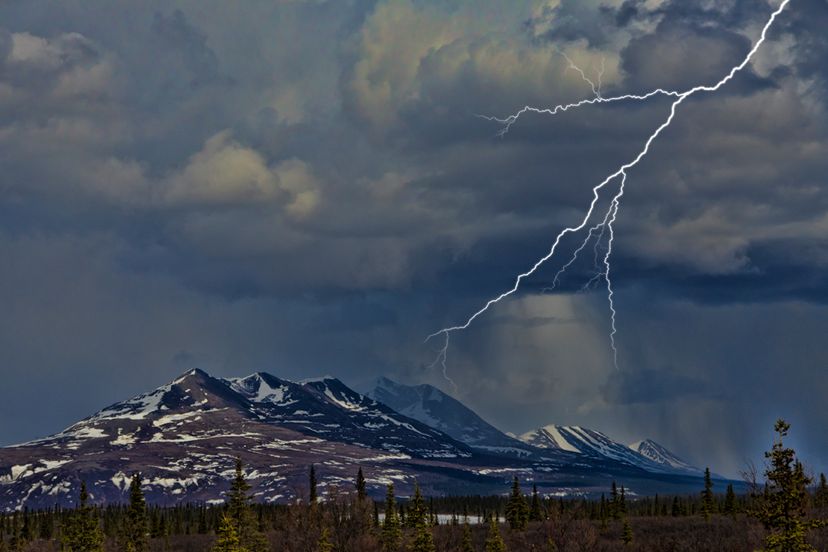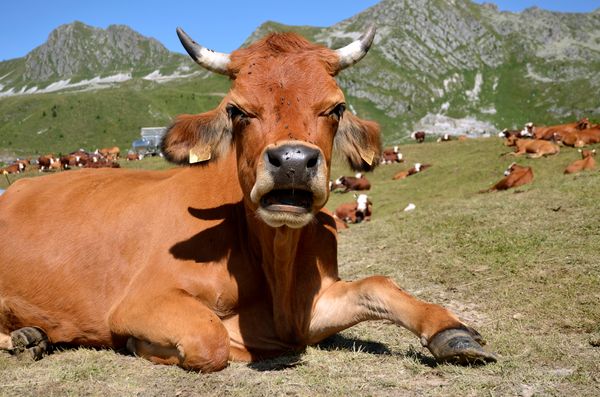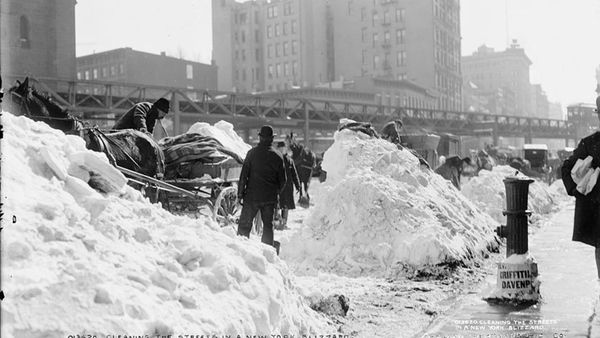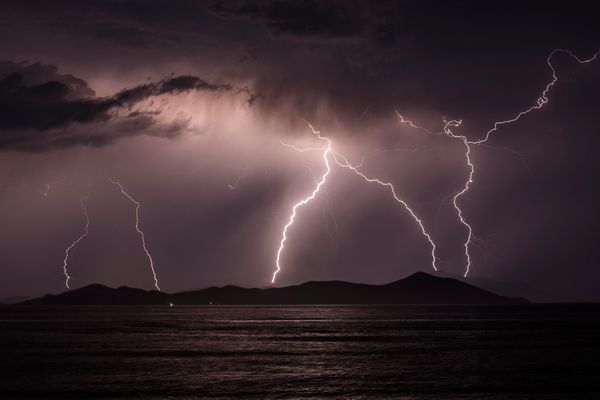
It would be nice to know without a doubt when snow was coming. But as schoolchildren can tell you, what they really need is a way to make snow appear. On a school night. Before that stupid report is due. All these old wives' tales about predicting snow are fine and good, but what kids really need is a way to guarantee a snow day.
Instead, we're stuck with tales of when we might get a good blanketing. Consider the old adage that thunder in the winter brings snow within seven days. But is thunder snow even a thing?
Advertisement
It's pretty on the nose for weather lore. Come to think of it, it's a little too pointed for any weather prediction. When was the last time you heard a forecaster guarantee a big weather activity a week out? As they say about these things — you can't really accurately predict them.


